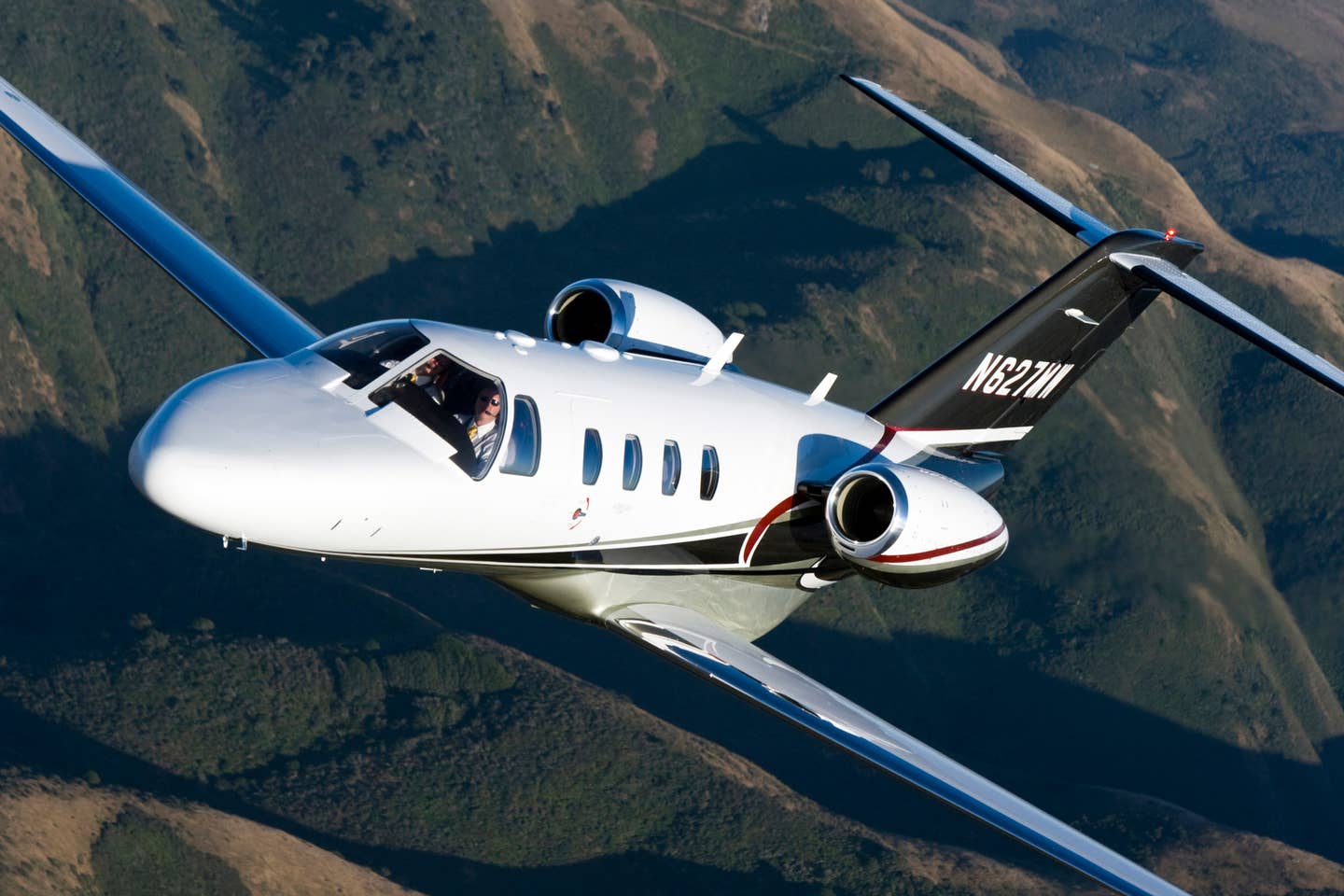What Does It Take to Transition From a Jet to a Piston Airplane?
There has been much chronicled about transitioning from piston airplanes to jets, but not much about the reverse.

FLYING contributor Dick Karl says making the transition from a Cessna Citation CJ1 (above] to a Beechcraft P-Baron was an eye-opener. [Courtesy: Cessna]
There is a lot written about transitioning from piston airplanes to jets, but not much about the reverse.
For this pilot, the transition from a Cessna Citation CJ1, 2+, and 3 to a Beechcraft P-Baron was an eye-opener. Training is different. Jet training includes engine failure during takeoff, the so-called V1 cut.
If you're not already a subscriber, what are you waiting for? Subscribe today to get the issue as soon as it is released in either Print or Digital formats.
Subscribe NowThis is almost always accomplished in a simulator and usually easily handled by maintaining heading, retracting the gear, pitching to a speed called V2, and climbing to a safe altitude. In a piston twin, this is “simulated” at a safe altitude by retarding power on one engine, the so-called VMC (minimum controllable airspeed) demonstration.
As a practical matter, the Baron is a lot busier than the jet. Taking off with full power means reducing manifold pressure and propeller rpm soon after takeoff. This usually occurs just as the tower gives you a new heading, altitude, and frequency change. Once in cruise, there is the matter of leaning the engines by reducing the fuel flow to each engine while watching the cylinder head temperatures (all 12) and exhaust gas temps.
In typical jets, the red fuel lever is either on or off, no leaning involved. In descent the piston engine needs to be kept warm, so power reductions are done very gradually. This limits the rate of descent. In the jet, you just pull the power to idle and dial in 2,000 fpm (or more) down and don’t think twice about it.
This column first appeared in the January-February 2024/Issue 945 of FLYING’s print edition.

Subscribe to Our Newsletter
Get the latest FLYING stories delivered directly to your inbox







